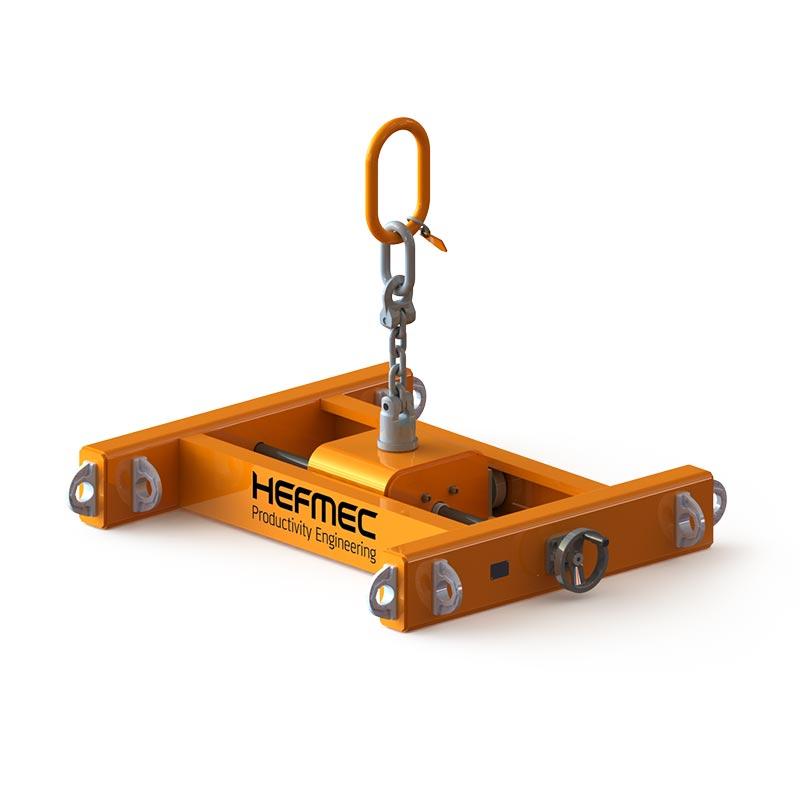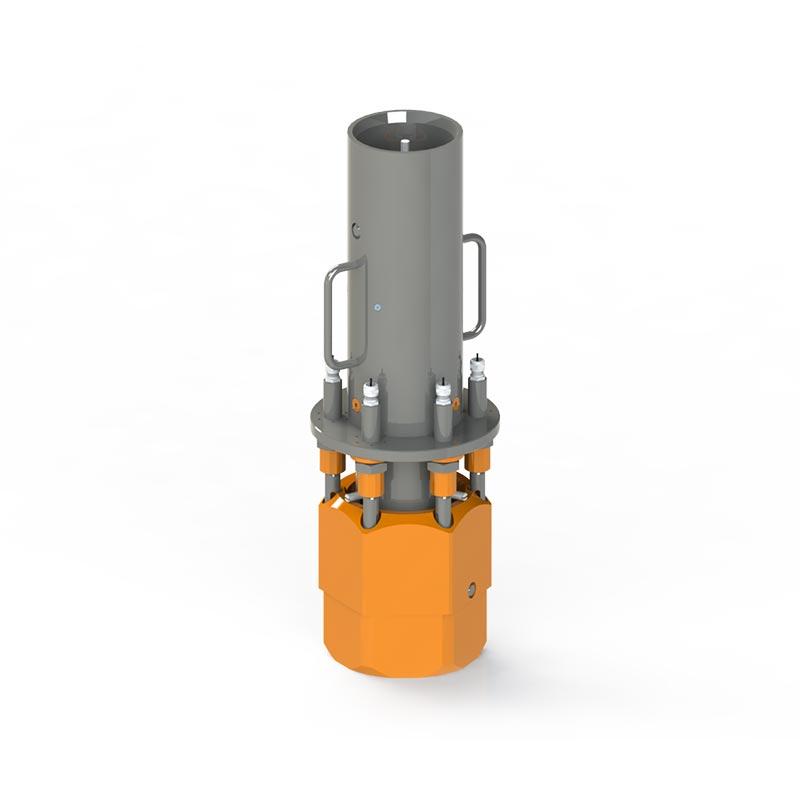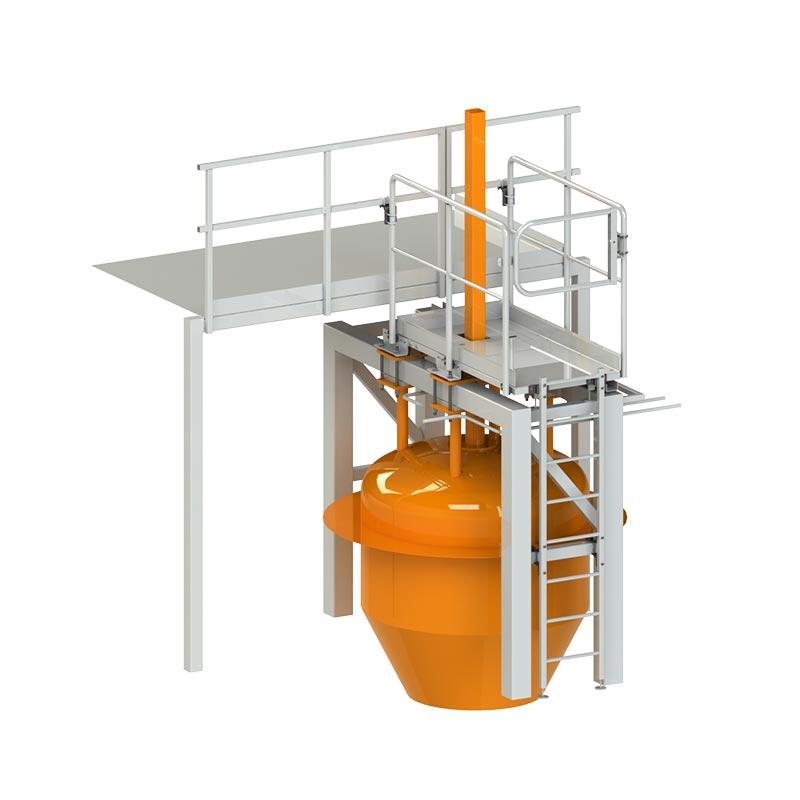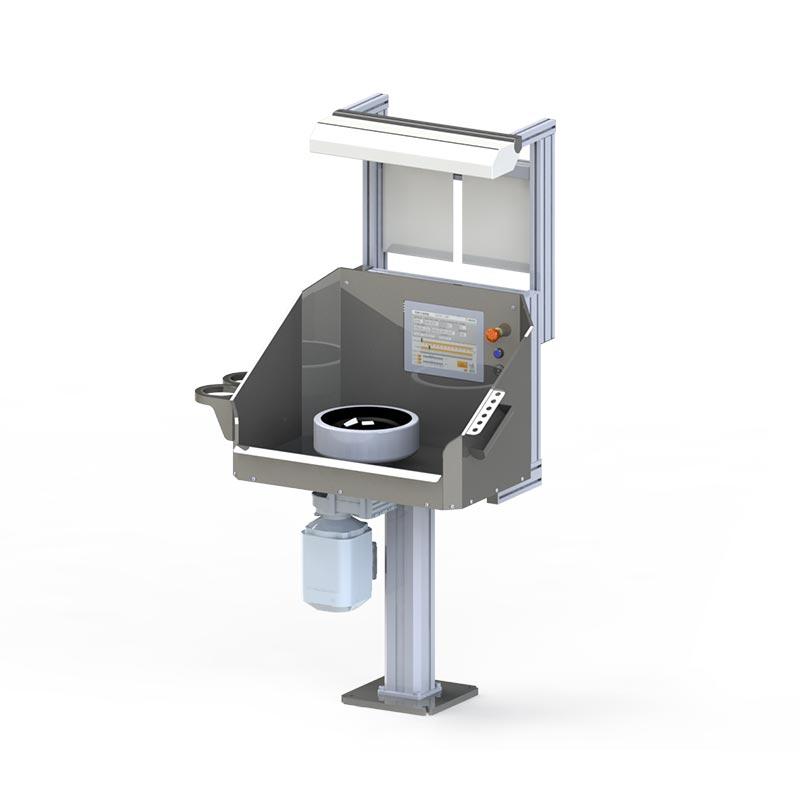Choosing an effective maintenance method for industrial machinery requires a careful analysis of the type of equipment, its criticality to production and the resources available. The right approach will improve machine life, minimise downtime and optimise total cost of ownership. The choice of maintenance concept should take into account the sectoral requirements and the specificities of production in order to develop a systematic maintenance strategy.
How to choose the right maintenance methods for machinery in a production plant?
In an industrial environment, proper maintenance of machinery is critical for business continuity. At the heart of the selection process is an accurate inventory of equipment, taking into account its technical design, age and criticality to the production process. Operating environment conditions such as temperature, humidity and dust levels have a significant impact on maintenance needs.
The criticality of production is a key factor – the more costly the downtime, the more thorough a proactive maintenance strategy is needed. The availability of resources, such as the skills of in-house maintenance staff, contributes to determining the optimal maintenance concept. Hefmec’s experts analyse these factors in comprehensive maintenance surveys, which assess current methods and identify areas for improvement.
Based on the maintenance survey, a customised maintenance plan is created for the fleet to improve reliability and extend the life of the machines. A strategic partnership with Hefmec enables us to ensure the continuous availability of production equipment and minimise unexpected downtime.
What is the difference between preventive and corrective maintenance?
Predictive and corrective maintenance represent two fundamentally different approaches to industrial maintenance. Predictive maintenance is based on a planned approach – equipment is regularly serviced before failure occurs. Corrective maintenance, on the other hand, responds to problems only when they occur, when the equipment has already failed and requires immediate attention.
The benefits of predictive maintenance include better predictability of production, longer equipment life and lower overall costs in the long run. The disadvantages are higher immediate costs and possibly “over-maintenance” if schedules are not based on actual wear and tear.
Corrective maintenance is cheaper in the short term, but causes unforeseen downtime and often higher overall costs in the long term. Hefmec offers a predictive maintenance service based on the condition of the fleet, using condition monitoring tools to determine timely maintenance. This optimises both maintenance costs and production uptime.
When should the maintenance plan be updated?
The maintenance plan is not a permanent document, but a living tool that needs to be regularly assessed and updated. There is a clear need for updating as the machinery fleet ages and the frequency of failures increases. Changes in production requirements, such as capacity increases or stricter quality standards, also require a review of the maintenance strategy.
Technological advances are a major driver – new condition monitoring methods and IoT tools are enabling increasingly accurate predictive maintenance. In addition, changes in legislation, standards or safety requirements may require a review of maintenance processes.
Hefmec experts recommend a thorough review of the maintenance plan at least annually and always in the event of major production changes. We offer plant-specific consultancy to optimise maintenance plans, analysing current operating models and identifying areas for improvement to improve cost-effectiveness and production reliability.
How do maintenance methods affect plant efficiency?
The impact of maintenance methods on overall efficiency is wide-ranging. Correctly selected and implemented maintenance practices are directly reflected in production OEE (Overall Equipment Effectiveness) figures. Unplanned downtime is significantly reduced when potential failures are detected and repaired before the actual breakdown occurs.
The quality of maintenance also affects the performance of machinery and the quality of products. A well-maintained machine produces fewer quality deviations and operates at the designed speed. From a total cost of ownership perspective, an optimised maintenance programme reduces both maintenance costs and production losses.
The experience of Hefmec customers shows concrete results: in one paper mill, the introduction of a predictive maintenance programme for critical equipment reduced unplanned downtime by 37% in the first year. In a machine shop, optimising the maintenance plan improved machine availability by 18% and significantly reduced quality costs.










